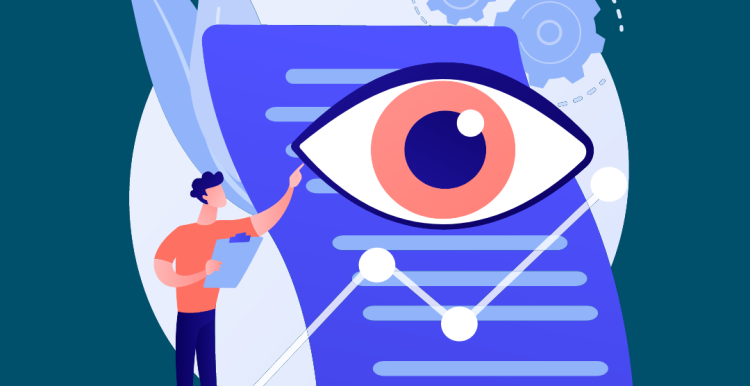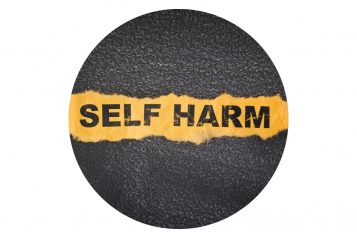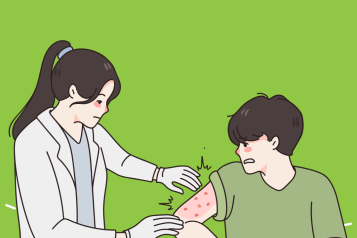Vision really matters

- 2 million people in the UK right now are living with a severe sight loss that impacts on their daily lives.
- A sight test can detect early signs of conditions like glaucoma, which can be treated if found soon enough.
- During a sight test, other health conditions such as diabetes or high blood pressure may be detected.
Looking After Your Eyes
Diet:
A poor diet can put your sight at risk. Vitamins, minerals and carotenoids found in many fruits, vegetables and other wholesome foods can help protect your sight and keep your eyes healthy.
Here are just some of the foods that are rich in eye-friendly nutrients:
- cold water fish, like cod, sardines and tuna
- blueberries and grapes
- green leafy vegetables
- whole grains and avocados
- papaya
- eggs
- garlic, onions, shallots and capers
- soy
Exercise:
Lack of exercise contributes significantly to several eye conditions, particularly amongst people aged 60 and over. Exercise may reduce your risk of sight loss which could be caused by narrowing or hardening of your arteries, high blood pressure and diabetes.
Alcohol:
Excessive alcohol consumption can lead to serious health conditions, such as cataract, glaucoma and age related macula degeneration and diabetic retinopathy which can have a detrimental effect on your eye health. They are the most common causes of visual impairment and blindness in this country.
Smoking:
After aging, smoking is the biggest risk factor for developing macular degeneration. Smoking also increases your risk of developing cataracts.
The sun:
Protecting your eyes from the sun is very important and should not be underestimated. Under no circumstances should you ever look at the sun directly. Your sunglasses should have the CE mark on them which ensures that they are giving you the right level of ultraviolet protection.
Screen Smart:
If your eyes feel out of sorts after spending time looking at screens, you could be suffering screen fatigue.
To keep your eyes feeling fresh and bright always follow the 20 – 20 – 20 rule when looking at screens for extended periods:
The 20 – 20 – 20 Rule:
Look up from your screen every 20 minutes and focus on an object 20 feet away for 20 seconds.
As well as taking regular breaks, how your screen is set up can also affect your risk of screen fatigue. One rule of thumb when thinking about where and how to position screens is the 1 – 2 – 10 rule:
- view mobile phones from a distance of one foot (30 cm)
- desktop devices and laptops from two feet (60 – 75 cms)
- TV screens from around 10 feet (depending on how big the screen is)
Staring at screens can also highlight existing vision problems that you may have, for example, short sightedness, so its vital that screen users have regular sight tests and follow a healthy eye care regime.
Do you struggle with your vision?
Are you getting the support that you need?
Tell us your story and help others
Do you or someone you know have a form of blood cancer? Would you like to share your personal experiences of how your treatment went or is going? We value all feedback, and you can share your experiences with us here:


